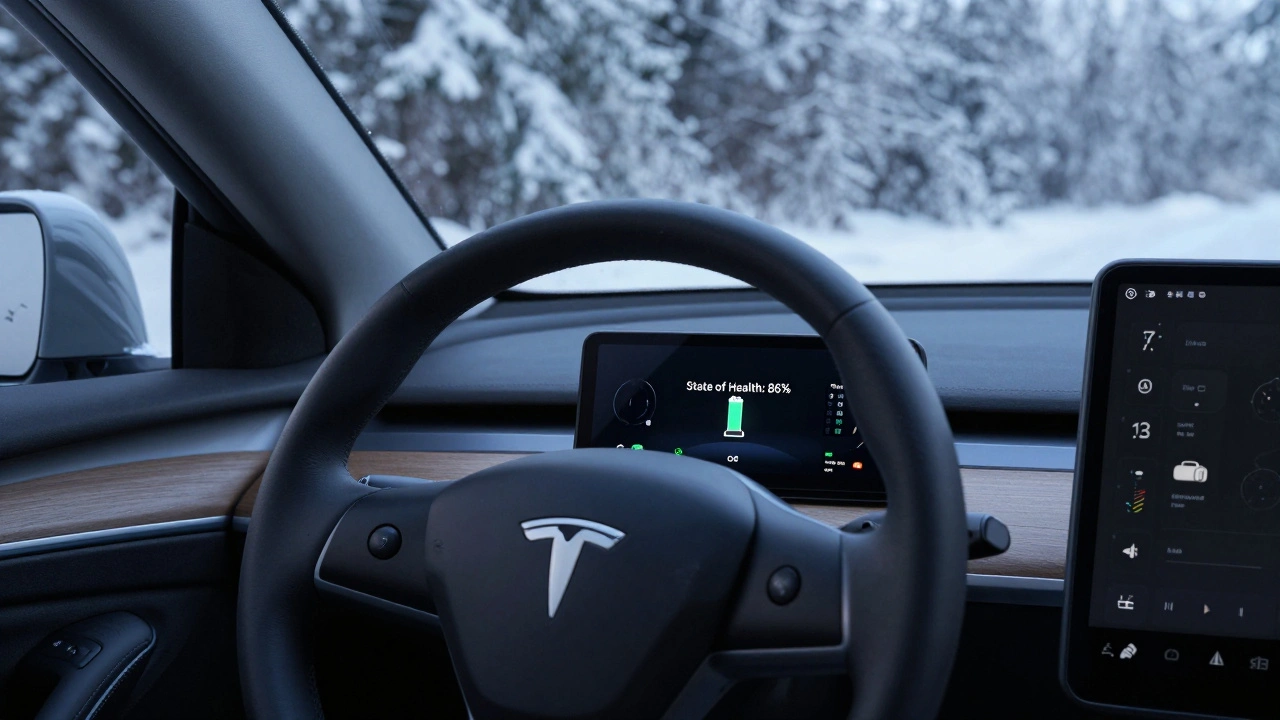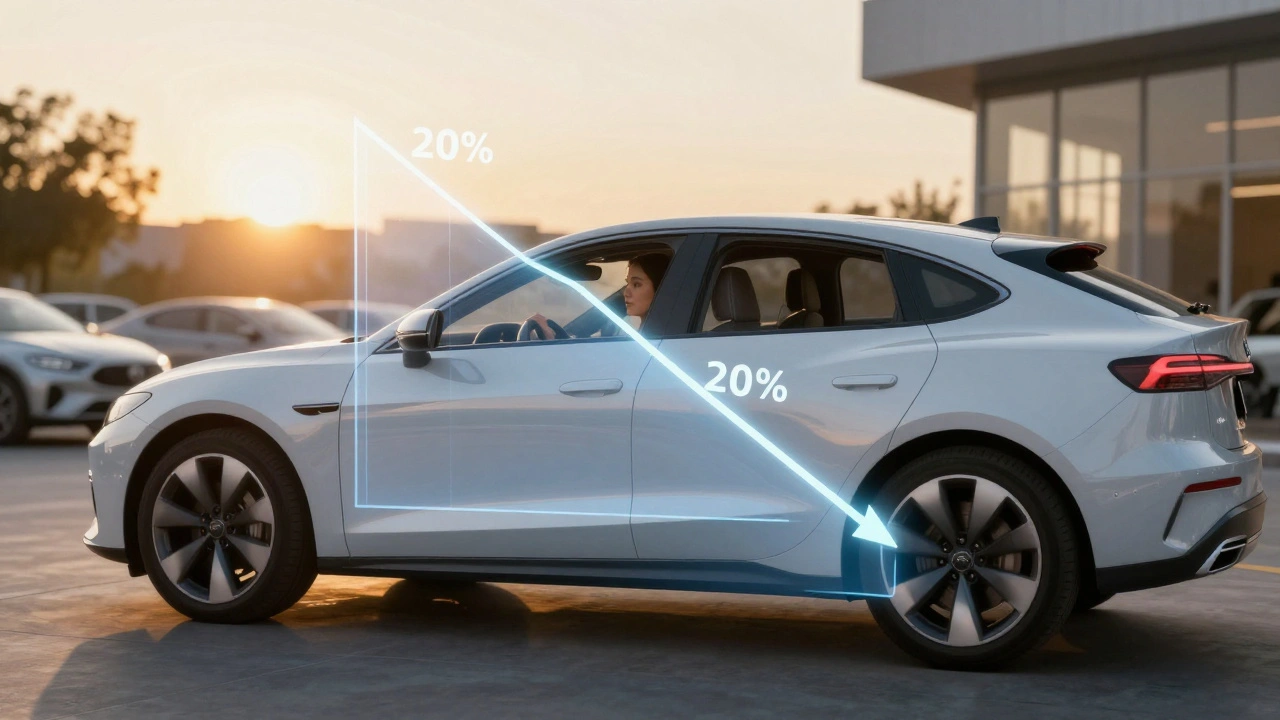Regenerative Braking
When talking about regenerative braking, a system that captures kinetic energy during deceleration and converts it into electrical energy. Also known as energy‑recovering brakes, it lets a vehicle reuse energy that would otherwise be lost as heat. This technology is a key player in today’s push for greener mobility.
One of the biggest allies of regenerative braking is the electric vehicle, a car powered primarily by an electric motor and a battery pack. Electric vehicles rely on the motor both to drive the wheels and to act as a generator when you slow down. The kinetic energy recovery system, or KERS, describes the broader family of technologies that capture and store motion energy—regenerative braking being the most common automotive example. Together they form a loop: the car slows, the motor becomes a generator, electricity flows into the energy storage unit (usually a lithium‑ion battery or a supercapacitor), and that stored charge later powers the drivetrain.
How It Works and Why It Matters
At its core, regenerative braking follows a simple physics rule: slowing a moving mass releases kinetic energy. Instead of wasting that energy as heat in traditional friction brakes, the system engages the electric motor in reverse. The motor’s coils produce a magnetic field that resists wheel rotation, creating an electrical current that flows back into the battery. This process not only recovers up to 30% of the energy on typical city driving but also reduces wear on brake pads, extending their life and lowering maintenance costs.
Because the amount of recoverable energy depends on vehicle speed, mass, and deceleration rate, regenerative braking is especially effective in stop‑and‑go traffic. Hybrid cars—those that combine a gasoline engine with an electric motor—benefit twice: the electric motor handles low‑speed stops, while the gasoline engine can stay off longer, cutting fuel consumption. In pure electric cars, the recovered energy directly extends driving range, a critical factor for easing range anxiety.
Efficiency isn’t the only win. By reducing reliance on friction brakes, the system cuts brake‑dust emissions, which contribute to urban air pollution. Moreover, smoother deceleration improves driver comfort and can be fine‑tuned through software, allowing manufacturers to balance energy recovery against braking performance.
To make the most of regenerative braking, manufacturers pair it with smart controls. Brake‑by‑wire systems replace the mechanical linkage between the pedal and the brakes with electronic signals, letting the car decide exactly how much regeneration to apply versus how much conventional braking to use. This integration enables features like “one‑pedal driving,” where a light press of the accelerator both speeds up and slows down the car, grabbing energy each time you lift off.
Looking ahead, advances in energy storage—higher‑capacity batteries and faster‑charging supercapacitors—will boost how much electricity can be captured and reused. As these components become lighter and more affordable, regenerative braking will play an even larger role in both passenger cars and larger vehicles such as buses and trucks, where the energy savings multiply.
Below you’ll find a curated set of articles that dive deeper into each of these angles. Whether you’re curious about the tech behind electric cars, want maintenance tips for brake‑by‑wire systems, or are interested in the environmental impact of energy‑recovering brakes, the collection offers practical insights and real‑world examples to help you understand and apply regenerative braking in everyday driving.

Hybrid Driving Tips: Master Regenerative Braking and Coasting for Better Fuel Economy
- 10 Comments
- Nov, 18 2025
Learn how to use regenerative braking and coasting to boost your hybrid's fuel economy by up to 25%. Simple driving habits that save money and reduce wear on your brakes.

Unlocking the Full Potential of Hybrid Automobiles
Explore how hybrid automobiles combine gasoline and electric power, their benefits, buying tips, and future trends in a clear, practical guide.




